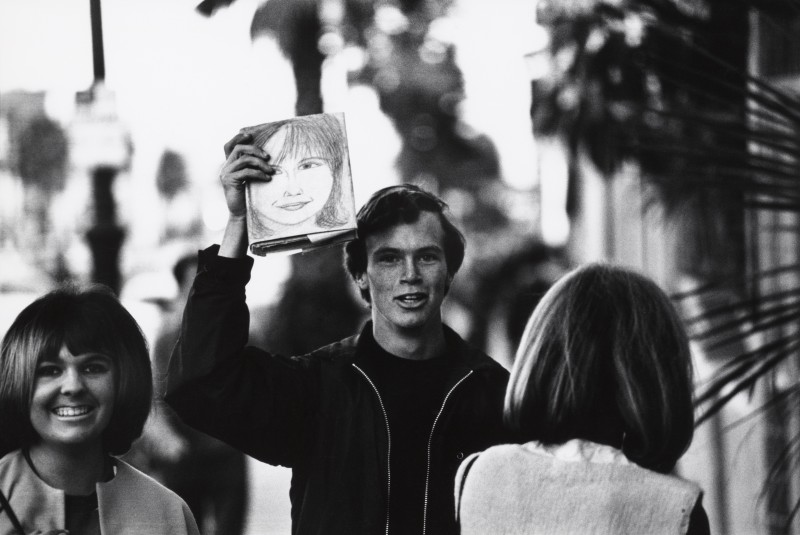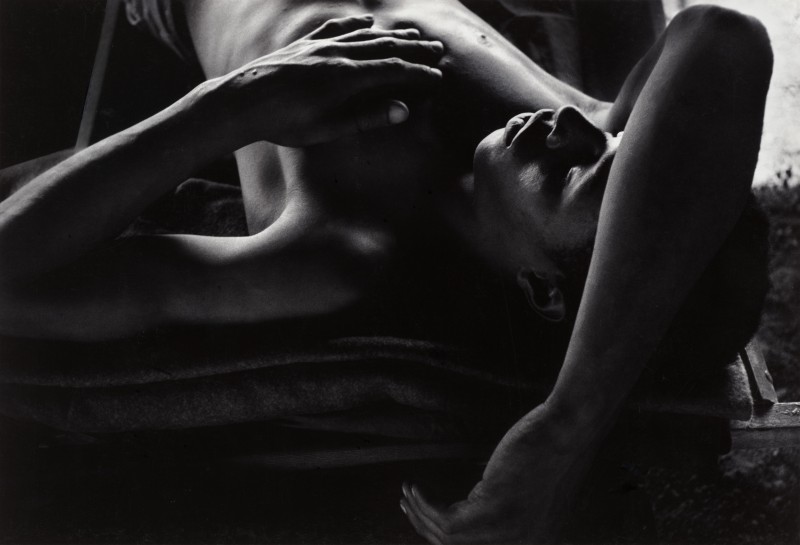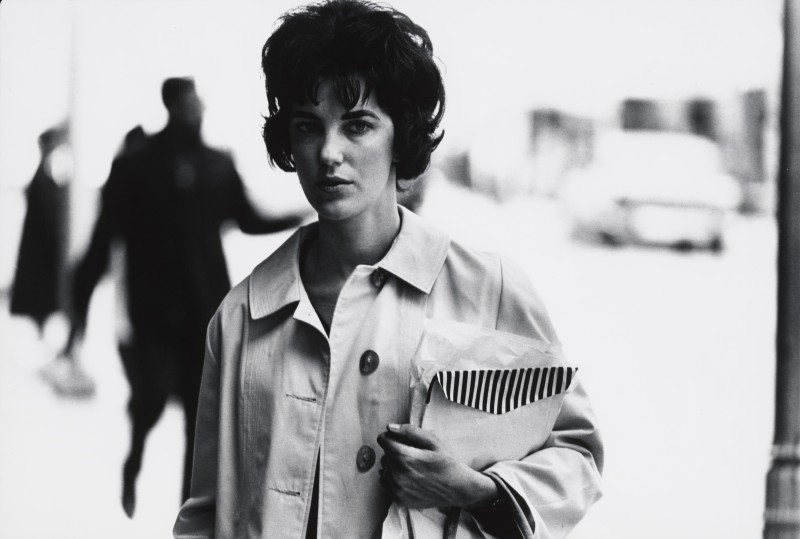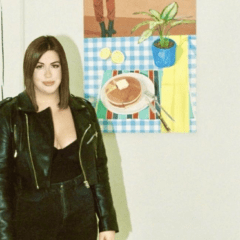Often the most powerful work is the sort that sneaks up on you. Dave Heath’s photographic prints have such an effect—they capture the eye with rich blacks and silky whites, and before you know it you’re immersed in his worldview—one of empathy, discovery, and the feeling of being totally alone in a crowd of people.

A return to roots
Multitude, Solitude: The Photographs of Dave Heath, presented by the Philadelphia Museum of Art and displayed in the Main Building’s Honickman and Berman Galleries, is a long overdue homecoming for the Philadelphia born-and-raised photographer. It focuses mostly on Heath’s work from the late 1940s to the late 1960s, especially highlighting his most celebrated work, the book A Dialogue With Solitude (1965). In addition to the symbolic importance of the exhibition’s location in his hometown (he never really received the praise here that he deserved until now), it’s also the first time he has had a true career survey in the U.S. It is, in fact, his first solo show of any kind in Philadelphia.
Dave Heath (b. Philadelphia 1931) was abandoned by his family at an early age, growing up in the Philadelphia foster care system. This lack of a true sense of belonging clearly shaped both his need to connect with the world through photography and the sense of longing and solitude that hovers thick in the air around his work.

Solace in Solitude
Heath, largely self-taught, began taking pictures on the streets here in Philadelphia, exploring the public spaces of the city and developing his frank, unironic aesthetic. He got by working at a photo-processing lab and often visited the museum itself to receive an education on the arts. His early life was certainly not easy, and was one that drove him to get out as much as possible. He was constantly surrounding himself with people in the hustle and bustle of city life, and still able to find and isolate grief, loss, or those that felt alone. Even if his subjects never knew he was there, they found an empathetic eye.
In addition to his street pictures in Philadelphia, New York City, and elsewhere in the U.S., Heath’s images of soldiers in the Korean War are also included. They are equally sensitive as his pictures of total strangers, but elevated by the familiarity and camaraderie shared with his fellow recruits.

Dissected narratives
The layout of the exhibition is especially rewarding. Along with his prints on the walls, his original book maquettes, which Heath brought to Edward Steichen for review, are displayed in vitrines around the gallery. To see the entire material process from print to book that guided his work in A Dialogue with Solitude reveals just how large the scale and scope of the project was.
Most affecting of all is the display of the images from the book itself—the museum actually took Heath’s original mockups for the pages and framed them in sequence on the walls. It is a deconstructed, dissected version of the work that reveals much about the making of the physical book. It surrounds and envelops the viewer, blurring the line between publication and print, story and snapshot. Heath surrounds you in a printed crowd of the people he photographed, and in doing so places you, even for a second, behind his lens.

Fading out of favor
For a variety of reasons, probably mostly his move out of the scene to Toronto in 1970 and his switch to working in color in the 1990s, Heath’s work fell into obscurity for much of the industry’s more recent collective memory. This could be due to changes in style, when photography was dominated by the likes of Garry Winogrand, Joel Meyerowitz, and Diane Arbus. This was active, vibrant work that was reflective of the mobile street photographer. Heath’s work, quiet and contemplative, was perhaps just not loud enough.
The exhibition concludes with some of his multimedia work: audio slideshows that were presented as live performances at small venues across the country. Although they offer an engaging way of viewing these images, the ephemeral nature of these performances may also have contributed to his slow fade out of fame.

I do hope that this exhibition serves as a catalyst for the re-entry of Heath’s work into contemporary photography’s lexicon. Heath’s introverted work discards irony and holds up a mirror of faces propelling us to inner contemplation. It’s a necessary and grounding counterpoint.
Multitude, Solitude: The Photographs of Dave Heath is on view until February 21, 2016 in the Honickman and Berman Galleries, ground floor of the Philadelphia Museum of Art main building.
Evan Paul Laudenslager is an artist and writer living in Philadelphia. He is a graduate of Tyler School of Art, Temple University.










